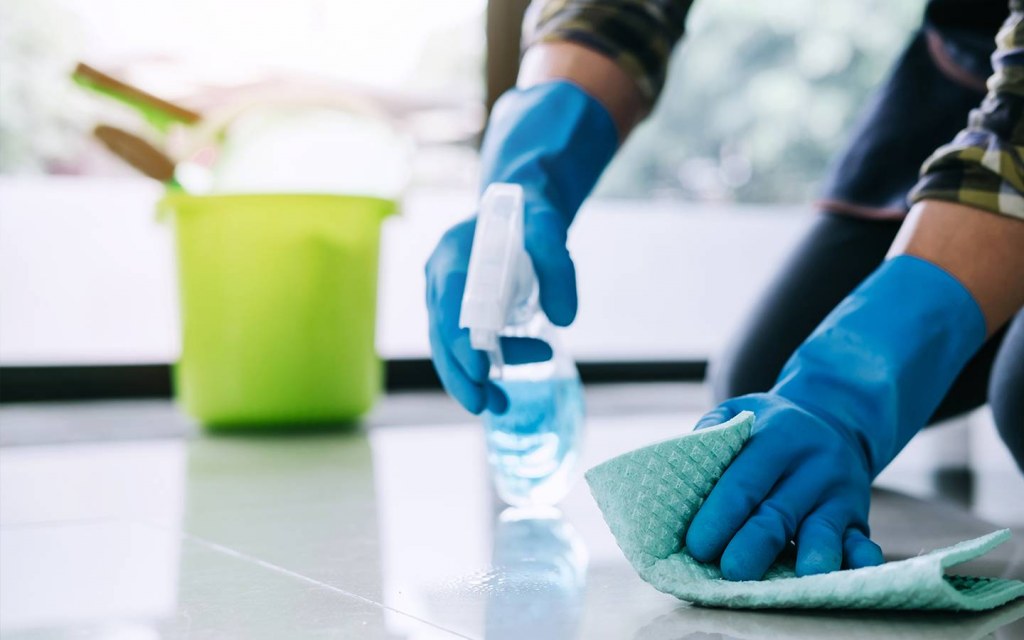
Sandpaper is a great tool for sanding small areas of marble like statues, tiles and countertops. But sanding large areas like marble floors requires a different technique.
First, make sure the sandpaper is not in contact with your skin and that you wear protective goggles and gloves to avoid fine dust. Then, set up a work area that will not be visible to your guests.
Wet sanding
Wet sanding is a valuable tool for polishing marble but can be time-consuming. It works best for smaller areas like statues, tile and countertops, but more extensive floors, such as marble bathroom floors, require a different approach. That’s why to hire marble polishing services.
Start by sanding the surface of your marble with coarse sandpaper, such as 120-grit. Once the area is clean, continue to sand it in a circular motion with higher-grit sandpaper.
Use a sponge to wipe away the dust as you work. Finish with a pass using an even higher-grit sandpaper, such as 300-grit.
When sanding a delicate marble like Botticino, you must keep the slurry “on the hotter side” to avoid burning it.
Once the floor is polished, follow up with a layer of sealer to protect it and enhance its shine. You can use a commercial stone sealer, or one that you make at home following the manufacturer’s instructions.
Dry sanding
Marble is a popular flooring choice, but it can scratch, scuff and stain if not properly cared for. You can restore the natural luster of your marble by using a few simple DIY techniques, including dry sanding.
Dry sanding uses sandpaper with a light touch to remove scratches. It’s best used for smaller projects like removing minor etching left by acidic foods and cleaning products.
To do it yourself, buy a good marble polishing powder from your local home improvement store and follow the directions on the package. Mix the powder into a slurry that’s thick enough to coat your fingers (or a bit thicker), but not so much that it burns.
Use it to polish your marble floor in a series of side to side and back and forth passes. Repeat the process with each pad in a row, until you’ve gone over the floor four times.
The final step is to seal the sanded area for protection against future stains and scratches.
Polishing compounds
Polishing compounds, or a paste-type of substance or powder that is mixed with water to create a paste, are used by stone floor restorers to smooth out and polish marble floors. They also remove surface stains and scratches that can cause damage to the stone and its finish.
For example, a marble surface may get dulled or pitted due to acids and chemicals that stain and etch the stone. These stains do not absorb into the stone like a traditional stain and can appear as a dull spot, light-colored spot, or glass-rings on a marble surface.
Using a stone sealer will not prevent this kind of staining. In fact, a stone sealer will not prevent etching either.
Detail sanding
Detail sanding is a technique that uses abrasive tools like sandpaper to polish marble. It works best for small areas, such as countertops or tabletops with minor damage, and can be used to remove scratches and restore the marble’s original shine.
Sanding can also be used to remove light stun marks, which are small chips or pockmarks in the surface caused by high heels and other heavy objects. It can also be used to repair hairline cracks or holes in the marble.
Etching is another common problem with marble, which can happen when acidic substances eat away at the stone’s smooth surface. Unlike stains, etching won’t shift when you scrub it.
A poultice made of baking soda and water, or hydrogen peroxide and ammonia, can remove these stains from marble. Apply the paste to the stain, leaving it to dry for a few hours before removing it.
Is it fold the clothes or laundry?
Laundry is often a dreaded chore that many people try to avoid for as long as possible. However, when it finally comes time to tackle the overwhelming pile of dirty clothes, there’s one question that always seems to arise: Is it fold the clothes or laundry? While both are essential components of the laundry process, they are two distinct tasks that require different levels of attention and care.
Folding clothes is an important step in completing a load of laundry at https://wewash24.com/wash-and-fold-laundry-services/. It ensures that your garments look neat and tidy before being put away in drawers or hung up in closets. Folding also helps prevent wrinkles from forming while your clothing is stored, which saves time on ironing later.
Additionally, folding allows you to quickly see what items you have available to wear without having to dig through piles of unfolded clothing.
On the other hand, doing laundry involves much more than just folding clothes.